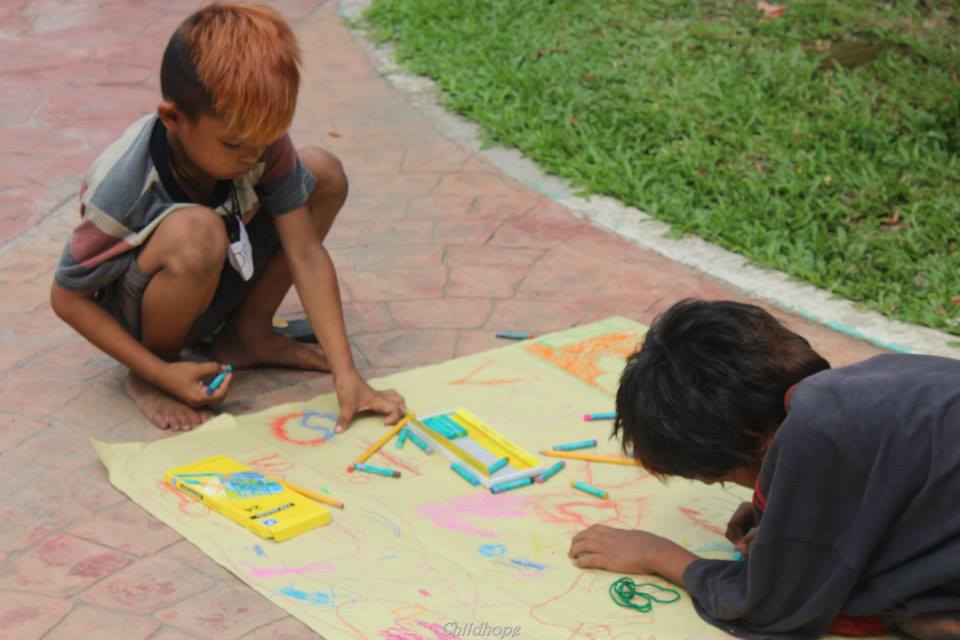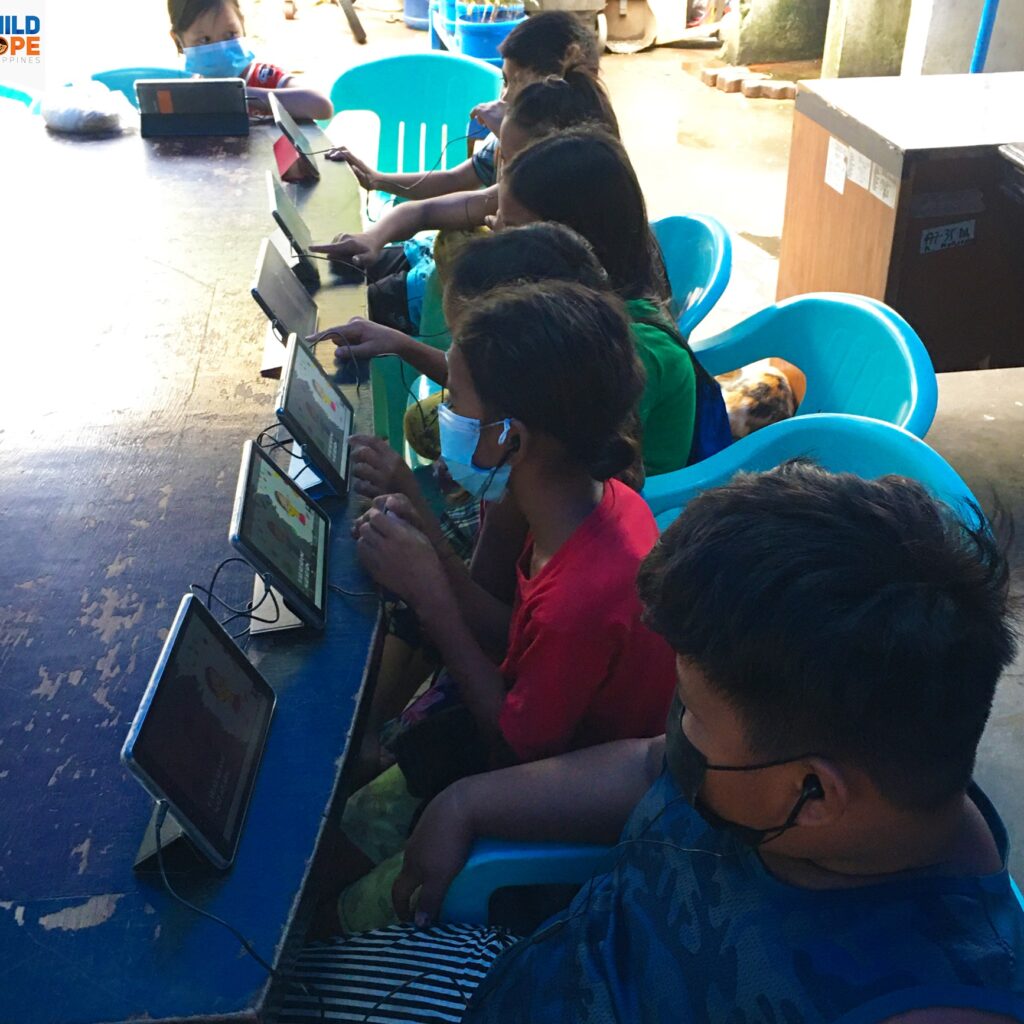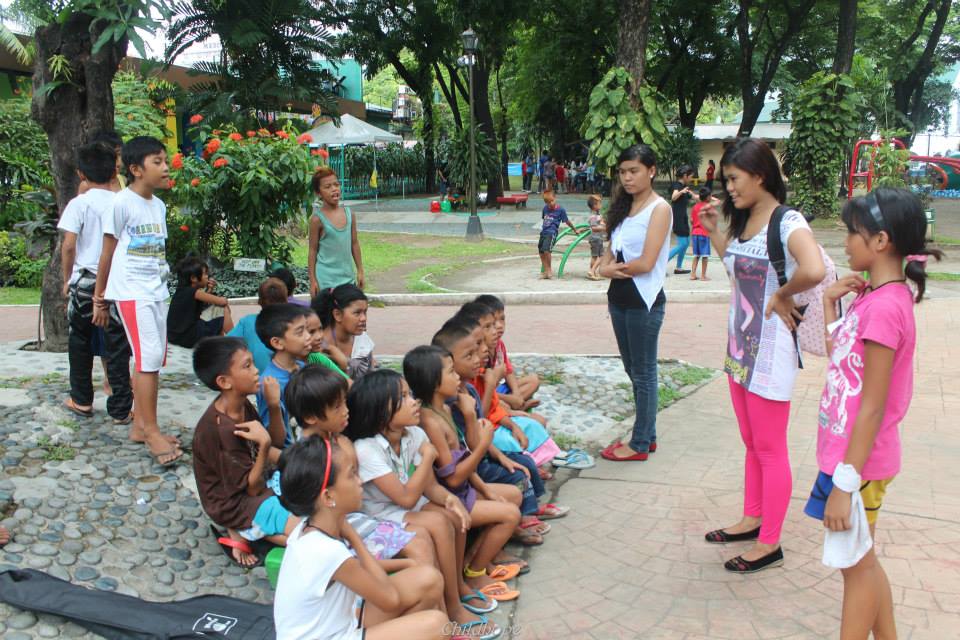Children and youth globally cannot realize their right to education due to a number of factors, including discrimination, conflict, and poverty. In addition, the COVID-19 pandemic has only further aggravated this issue. Because of this, it’s crucial for children to realize this right so they’re able to live up to their full potential.
The Right to Education
The right to education is a fundamental human right. It means that everyone should have access to quality education. To fulfill this right, there are several essential conditions concerning education systems that must be met. According to UNESCO, the most basic of these conditions are as follows:
- States and countries must work toward making education affordable, but preferably free
- Education must be of good and of equal quality regardless of institution
- Primary education must be compulsory and available to every child
- Secondary education must be accessible to all
- Higher education must be generally accessible to those who wish to pursue it
- Technical and professional training opportunities must be accessible
- Fundamental education must be available and even encouraged for individuals who couldn’t complete their education
- People should be able to freely choose which schools they would like to enroll in
Additionally, teachers should have access to adequate materials in order to teach effectively and properly.
A more thorough view into the essential features of education is provided below.

The Importance of the Right to Education
School helps children become well-rounded and productive. Without the basic lessons and principles learned from school (like reading and numeracy), they might not be able to contribute to society. This affects not only them, but also their countries’ economic, social, and cultural development.
In addition, education is important in bridging the economic and social gaps present in society by giving everyone an equal opportunity at a good life. UNESCO predicts that if all adults reach a secondary level of education, the number of poor people would be reduced by half. Education also empowers women by giving them an equal opportunity to make their lives better, especially in countries where women are treated poorly.
Sending children and youth to school will likely keep them out of harmful environments and away from exploitation, letting them experience their childhoods freely. Additionally, the right to education is integral to the exercise of other human rights.
Global Education Statistics
Guide 2 Research compiled over 50 statistics about the state of the right of education worldwide. Below are some of the most concerning stats:
- There are 1.6 billion out-of-school children and young people in 161 countries as of March 28, 2020.
- Sub-Saharan Africa and Southern Asia have the highest numbers of out-of-school children and youth (97.5 million and 93 million, respectively).
- Sub-Saharan Africa also has the highest rate of exclusion in the world (19%).
- Central Asia has the highest ratio of out-of-school girls to boys.
- In Northern Africa and Western Asia, girls are more likely to be denied education. It’s likely because of their cultural preference toward boys, who are given more privileges compared to girls, according to Humanium. It’s also a problem in the Arab States.
Additionally, UNICEF estimates that 617 million children and youth haven’t reached basic proficiency in reading and math, rendering them illiterate. Two-thirds are studying, but can’t benefit from their education because of poor classroom conditions, hunger, illness, and fatigue from household tasks and work. UNESCO states that 155 countries guarantee nine or more years of compulsory education, and only 99 have secured at least 12 years of free education for their citizens.
Philippine Education Statistics
COVID-19’s Negative Effect on Enrollment Rates
The COVID-19 pandemic rattled the Department of Education (DepEd). Compared to 2019, 2020 had a significant drop in enrollees nationwide, across all school levels. As of November 6, 2020, only 25.04 million children and youth were enrolled in public and private schools. This represented a 10% decrease in enrollment. Private schools in particular were hit hard with a 48% drop in enrollment. This accounts for 2,080,233 fewer learners in all grade levels.
It would seem like the pandemic didn’t impact public schools as much as private schools. This may not be the case despite only a 10% decrease in enrollment in public schools. DepEd Undersecretary Nepomuceno Malaluan revealed that 380,000 private school students shifted to public schools. This has likely lessened the blow to public school enrollment rates.
If the pandemic is forcing private school students to transfer, then how many public school students have actually dropped out? How many remained undetected? Rappler noted that it’s possible that many future public school students are delaying their entry into the formal education system.
Non-pandemic Statistics
Although the country is better off than the regions mentioned in the global statistics, many children and youth (especially from poor families) cannot realize their right to education.
According to statistics compiled by Level Up Academy, 97.95% of Filipinos are literate—the highest rate in Southeast Asia. However, we’re also bad at reading comprehension. In a study with 79 participating countries, Filipinos were ranked the worst at reading comprehension.
Additionally, more than 60% of dropouts were girls. But according to the UNESCO Institute of Statistics, Filipino boys have it worse; there are more out-of-school and illiterate boys nationwide.
In the kindergarten and primary levels, boys slightly outnumber girls. In the secondary and tertiary levels of education however, girls largely outnumber boys. The pressure placed on boys of this age to work instead of study may cause this.

Causes of a Lack of Education
Even before the COVID-19 pandemic hit, Filipino children and youth had to face several obstacles preventing them from pursuing their right to education. We can categorize these causes:
1. Poverty-Related Causes
Although public schools are free, families may be unable to afford the “hidden” costs that school entails, such as textbooks, uniforms, and “baon” (meals or money). The family may also prefer to make their children work instead of sending them to school if their financial situation needs the extra income.
Moreover, poor children may also be more susceptible to illness, which can affect their ability to go to school.
2. Family and Personal Issues
Issues within the family may affect a child’s ability to get an education, but sometimes personal issues also play a part. Bad peer pressure may lead to a lack of interest at best and teen pregnancy in worse cases. These can all prevent children and youth from attending school.
Vices picked up from peers may also prevent young people from getting an education.
3. Location-Related Causes
Schools may be too far from children’s homes, especially in rural areas. Poor children may need to walk several kilometers to and from school because they can’t pay for transportation. Other times, poor infrastructure and unfavorable terrain don’t give them a choice but to walk. Even if there are distance learning programs available, poor children may not have access to technology or the internet that can make it possible.
Aside from that, natural disasters may affect their ability to go to school because the schools themselves have either been heavily damaged or are being used as evacuation centers.
Lastly, Filipino children living in places with ongoing military conflict can’t attend school. This is because the area is hostile. Sometimes their schools are shut down or destroyed. Notable examples are the Lumad schools in Mindanao.
Globally, out-of-school children and youth experience similar problems. However, some can’t attend school due to their society and culture. They experience discrimination because of their identities, such as their sex, religion, and ethnicity.
Their parents may also play a role. Humanium notes that unemployment and illiterate parents make it twice as likely for a child to not attend school. Without intervention, this continues a cycle of non-education that’s difficult to break.
On a larger scale, governments may not be able to fulfill their citizens’ educational needs. Developing countries may have a harder time funding their education systems. Because of lack of funds, the quality of education suffers. There are also fewer opportunities for children and young people to attend school because there aren’t enough resources to teach them.

Essential Features of Education
The UN Committee on Economic, Social, and Cultural Rights concluded in General Comment 13 that education has these essential features:
1. Availability
Education should be available for all. Governments should ensure there are enough educational institutions for their citizens. They must also provide infrastructure that:
- Protects faculty, staff, and students from the weather
- Has bathrooms for girls and boys
- Provides safe drinking water
- Houses trained and fairly-paid teachers
- Has adequate teaching materials
The Committee also notes that some institutions may need to have extra facilities such as libraries, computers, and modern communication technology.
2. Accessibility
Everyone should have access to education. The Committee noted that education should be:
- Non-discriminating. Children and youth should be free to attend school regardless of their gender, religion, disability, ethnicity, and sexual orientation, among other things.
- Physically accessible. Schools and other educational centers should be in safe places. Schools must also be within a reasonable distance from their students. If this isn’t possible, schools should let their students attend through distance learning programs.
- Economically accessible. Education should be affordable. In particular, the Committee notes that primary school should be free, while governments should work toward making higher levels of education free.
3. Acceptability
Education, including subject matter and teaching methods, should be “relevant, culturally appropriate, and of good quality.” They must also follow the minimum standards set by governments and the Committee’s educational objectives.
Most importantly, education should aim to make children and youth achieve “full development of the human personality.”
4. Adaptability
Education should adapt to the ever changing needs of its community and students, especially within their “diverse social and cultural settings.”
Childhope Philippines’ Advocacy: Children’s Right to Education
As an individual advocacy non-profit, one of Childhope’s advocacies is ensuring Filipino children’s right to education. We focus on helping the 50,000 to 70,000 children who live on the streets of Metro Manila. They often need to work to support their families, so they can’t attend school.
For example, although Filipinos have high English proficiency, these street children can’t speak the language well. They are also less likely to learn the basic skills needed for jobs that can support their needs.
We believe that education has no borders. To equip these children and youth with knowledge, skills, and point of view that will give them a fighting chance at a good life, Childhope Philippines created the Street Education and Protection (STEP) Program.
Under STEP, we conduct alternative learning sessions and basic literacy and numeracy classes through our KalyEskwela, a mobile van with audiovisual equipment. Our educators use the Alternative Learning System accredited by DepEd.
Aside from that, we have a Youth Empowerment Program that teaches trade and tech skills that out-of-school youth can use to support themselves and their families. We also teach children holistic skills such as leadership, computer literacy, sports, and arts in hopes of developing their good traits and making them better-rounded. Lastly, we also provide educational aid to children who reintegrate into the formal school system.

How to Help Children Realize Their Right to Education
The right to education is a fundamental right that is becoming harder for Filipino children and youth to realize, especially as the COVID-19 pandemic continues to ravage the country’s most vulnerable populations.
If you’d like to help them realize their right to education and protect their welfare, consider donating. Your donations will be directly used towards programs that give these children a chance at a better life.
If you wish to be more hands-on about helping, join Childhope Philippines and become a volunteer today.
